What if a roaring thunder from your angry customer strikes social media out of the blue?
Would you be able to react fast and prevent a catastrophic avalanche of negative reactions and comments damaging your online reputation or burying your business alive?
💡 Read Social Listening Guide: Proven Hacks, Strategies, and Tools
A crisis can occur at any time to anyone. It has already happened to such well-known brands as KFC, Pepsi, Adidas, Netflix, Dove, and others.
Discover the hidden potential of social listening in crisis management and expand your arsenal of tools and techniques on how to use it effectively when the stormy weather breaks out.
Why Social Listening Is Essential for Crisis Management
Let’s first enumerate the different types of issues that tend to roll out into crises:
- Negative review
- Customer service failure
- PR scandal
- Inappropriate joke
- Cyberattack
- Fake news, etc.
Remember the story about the Corona beer in 2020?
Let us remind you.
Media outlets picked up the survey results featuring 38% of beer-drinking Americans who would refuse to buy Corona beer under any circumstances amid the COVID-19 outbreak.
The brand brushed off this misinformation later. The sales of Corona beer didn’t sink. However, the search term “corona beer virus” and the hashtag #coronabeervirus were both trending at that time.
Read 7 Corporate Crisis Examples and Ways to Manage Them
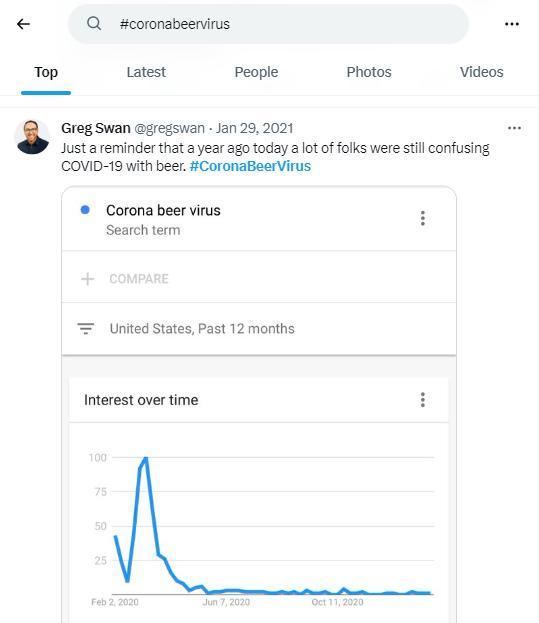
How can social listening be helpful in a hazardous situation for your brand? Read on.
- It acts as an alarm system.
It alerts you of a potential hazard or harm and prompts you to act and do something about it. For example, you can detect the tiniest buds of discontent about your products or services sprouting on social media.
- It helps you collect data and rely on factual information.
You get a 360-degree view of what has happened and what is happening now on social media to decide on the next step in your crisis management plan.
- It allows you to respond faster.
Social listening helps you quickly catch a negative vibe around your brand and improve your crisis communications strategy with an instant response.
How to Use Social Media Listening for Crisis Management
Take a three-stage approach:
- Pre-crisis stage
- Crisis stage
- Post-crisis stage
Let’s go through them one by one.
Social listening at the pre-crisis phrase
Preparation during calm times is the first thing to do for effective crisis management.
Use social listening to watch out for possible danger on different social channels:
- TikTok, etc.
“It is necessary to play the game of anticipation on each social channel,” believes Tom Golubovich, Head of Marketing & Media Relations at Ninja Transfers.
“There are majorly two simple rules in this game. Rule #1: pay attention to spikes in brand mentions or negative sentiments. Rule #2: address comments that can potentially lead to a negative backlash or spread untrue information about your product or service,” he highlights.
For example, Ninja Transfers noticed a TikTok comment about the issue with the printed art after stretching the shirt. The company decided to bust this myth once and for good to prevent it from catching on.
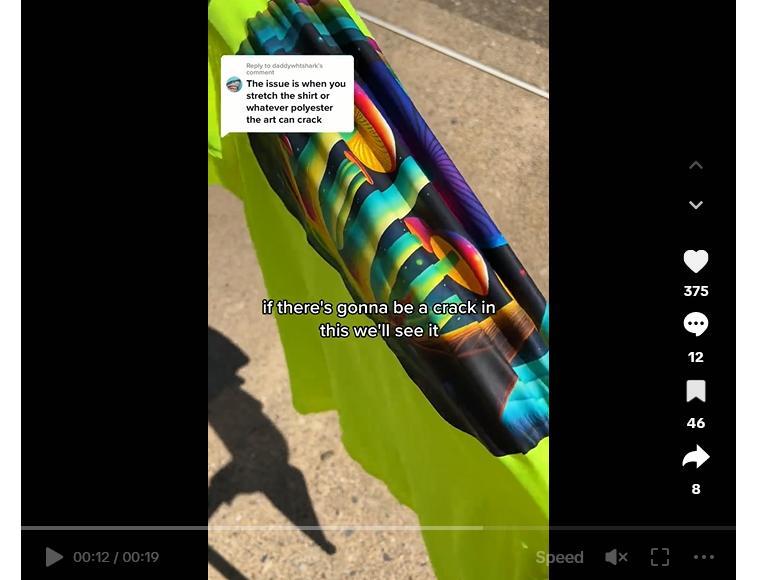
Social listening in the mid of a crisis
When you’re in the epicenter of a disaster already, it seems there’s no way out.
Don’t lose hope just yet.
Social media listening comes to the rescue. It helps you find the real cause of a crisis: who did what (and when, why, and how). Moreover, you can perform brand sentiment analysis and determine the positive vs negative sentiment ratio.
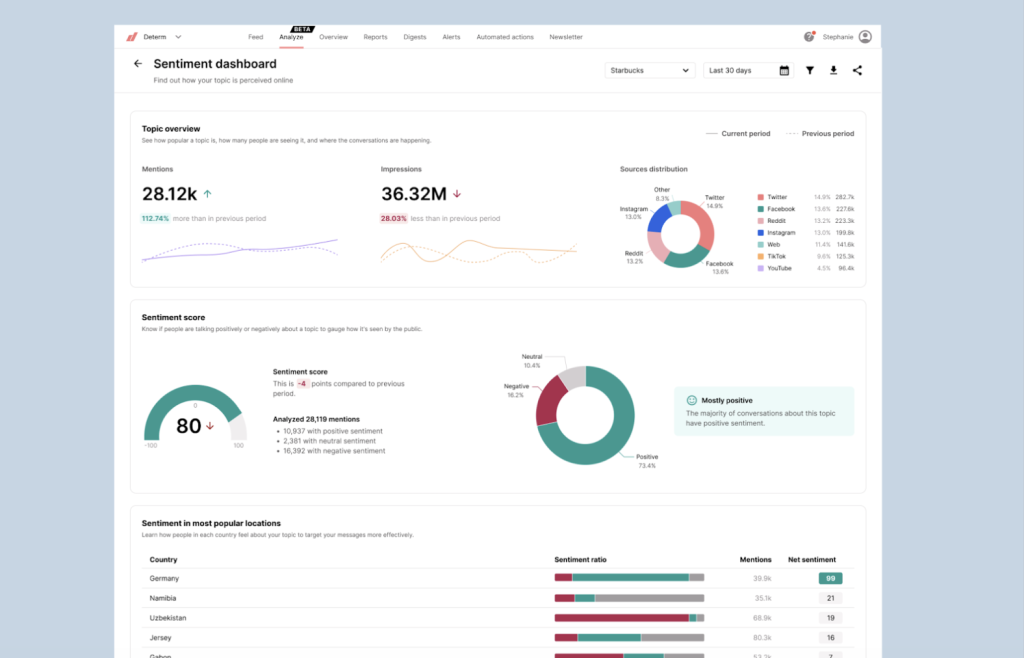
By monitoring sentiments in real-time, you’ll see how the public reacts to the situation and steer your crisis communication in the right direction.
Social listening during the post-crisis period
There are no one-second fixes for the effects of reputational damage after a crisis. 16% of companies recover their reputations in four years or even more. 30% do so in less than a year. Some are the lucky ones. They wriggle out of a crisis in a week or two. For example, Determ analyzed Dove’s reputation crisis in 2017. The below graph shows how long it lasted.
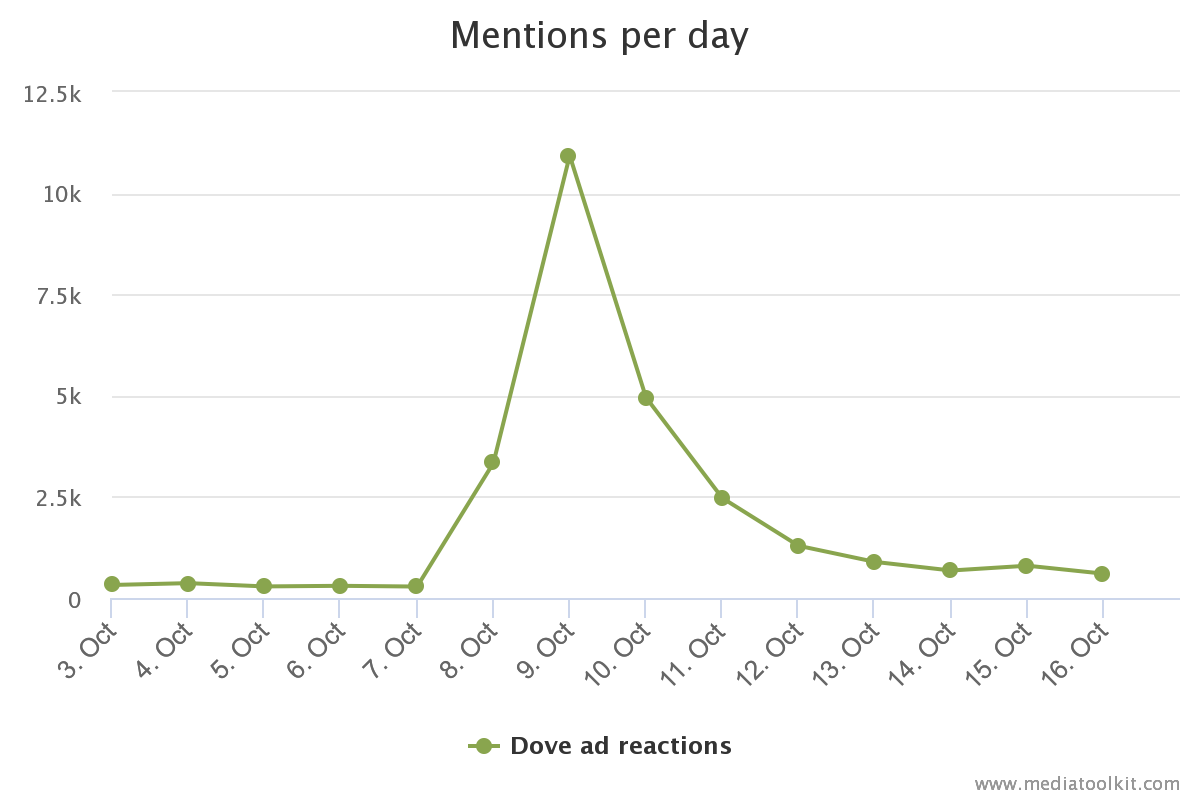
As you may observe, the audience started cooling down several days after the beginning.
Even if yours takes longer than that, you shouldn’t stop tracking mentions and hashtags and addressing all comments or questions that arise during the post-crisis stage.
5 Best Social Listening Tips to Manage Crises
Now over to the best practices of handling a crisis with social listening.
1. Pick your preferred social listening tool
If you want to use social listening to cope with a crisis, you can’t go too far without media monitoring tools like as follows:
They can give you a more true understanding of online conversations around your brand, segment mentions by emotion, track relevant hashtags and keywords, and alert you to threats.
Below, you can see the mentions of Nike (via Determ).
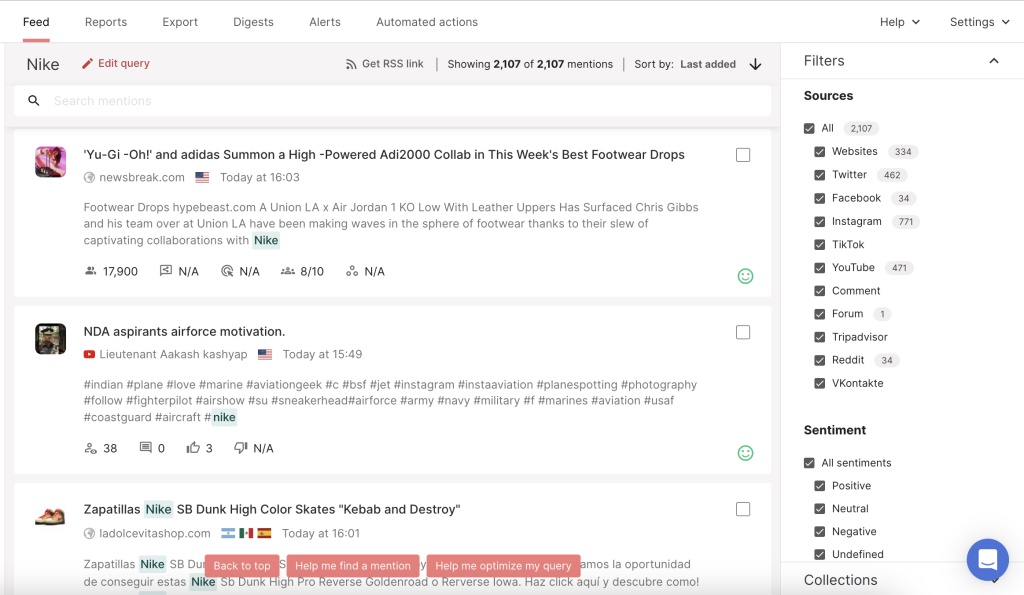
With Determ, you can also filter your brand mentions by source (social media, websites, forums, etc.) or sentiment (positive, negative, neutral, undefined).
2. Keep an eye on negative hashtags
In marketing, a hashtag can either make it or break it.
The same is in crisis management.
One single hashtag can spread out like an unstoppable contagious disease and fill every nook of the Internet. That’s why you might need to perform hashtag tracking routinely. Besides, you should monitor your brand mentions with negative hashtags nearby. Just to name a few of those:
- #WTF
- #badservice
- #servicefail
- #poorservice
- #boycott
Quite often, you can find some merged variants with the brand name: #Applebadservice, #Amazonfail, #BoycottMicrosoft, etc.
Here’s an example of Adidas jumping from one social media crisis into another with the hashtags #BoycottAdidas and #AdidasBoycott.
Since 2022, Manchester United fans have been boycotting Adidas and asking the company to cease association with the Glazer family, the owners of the football club.
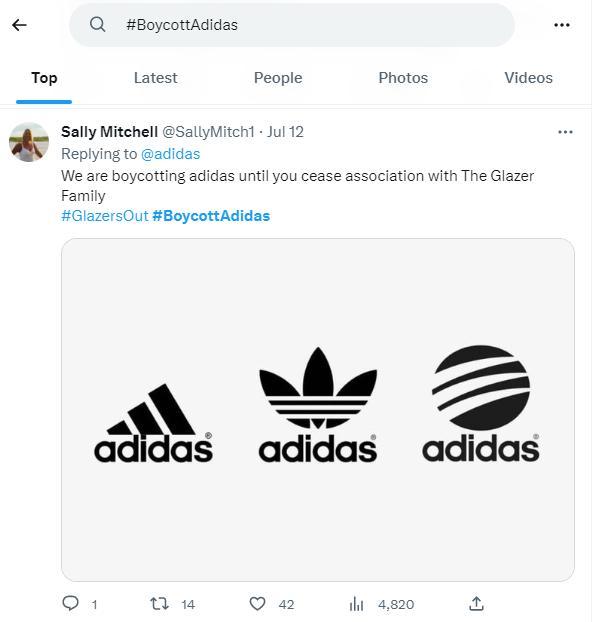
The company faced another boycott in May 2023. A swimsuit ad campaign for Pride month stirred controversy among Adidas’ audience.
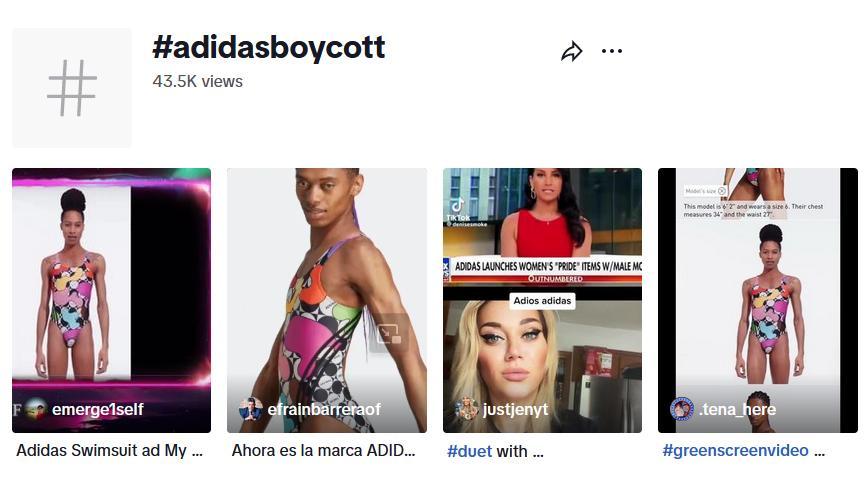
💡 Read: Social Media Crisis Management Guide
3. Listen up to your employees
When we talk about social listening for crisis management, we majorly focus on customers and their voices.
But haven’t we forgotten anyone else?
What about employees?
Alex Milligan, Co-founder & CMO of NuggMD, states: “Companies may face reputational crises as employers if they don’t care about the wellbeing of their workers and don’t hear what they say.
My advice is to carefully listen to employees’ talks on social media about you as an employer. They discuss everything: from the employee benefits you offer (medical coverage plans, health and wellness benefits, financial programs, etc.) to your attitude to the staff.”
The cases of homophobia or racial discrimination in the workplace discussed by employees on the web are also not uncommon nowadays. In 2021, a crisis around those struck Netflix, a behemoth of the media and entertainment industry. The company’s employees staged a walkout after racist and transphobic jokes from Dave Chappelle during a stand-up comedy special for Netflix.
It caught on fire under the hashtag #NetflixWalkout.
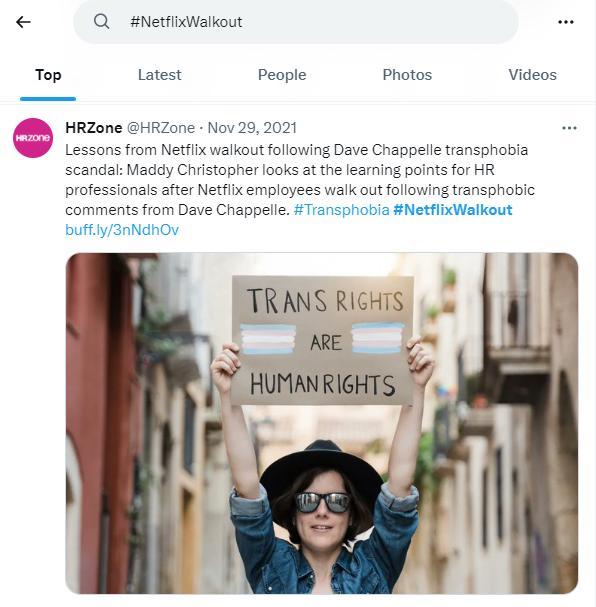
Although the senior management admitted they had “screwed up” their internal communication, the stains remained visible on the company’s corporate reputation.
💡Read: 10 Most Famous Examples of Damaged Corporate Reputation
4. Prepare a social media crisis communication plan
Did you know that 76% of people expect brands to reply to comments on social networks?
“In times of a crisis, it’s not enough just to listen. You should also react and communicate with your audience as soon as possible,” recommends Morgan Taylor, Co-Founder of Jolly SEO.
“The key thing to remember: be honest and transparent. You should voice out your company’s position to the public, track their reactions, and respond to every single question,” he adds.
Need a masterclass?
KFC’s “FCK, We’re sorry” note after the chicken shortage in the UK is one of the most amazing crisis communication examples.
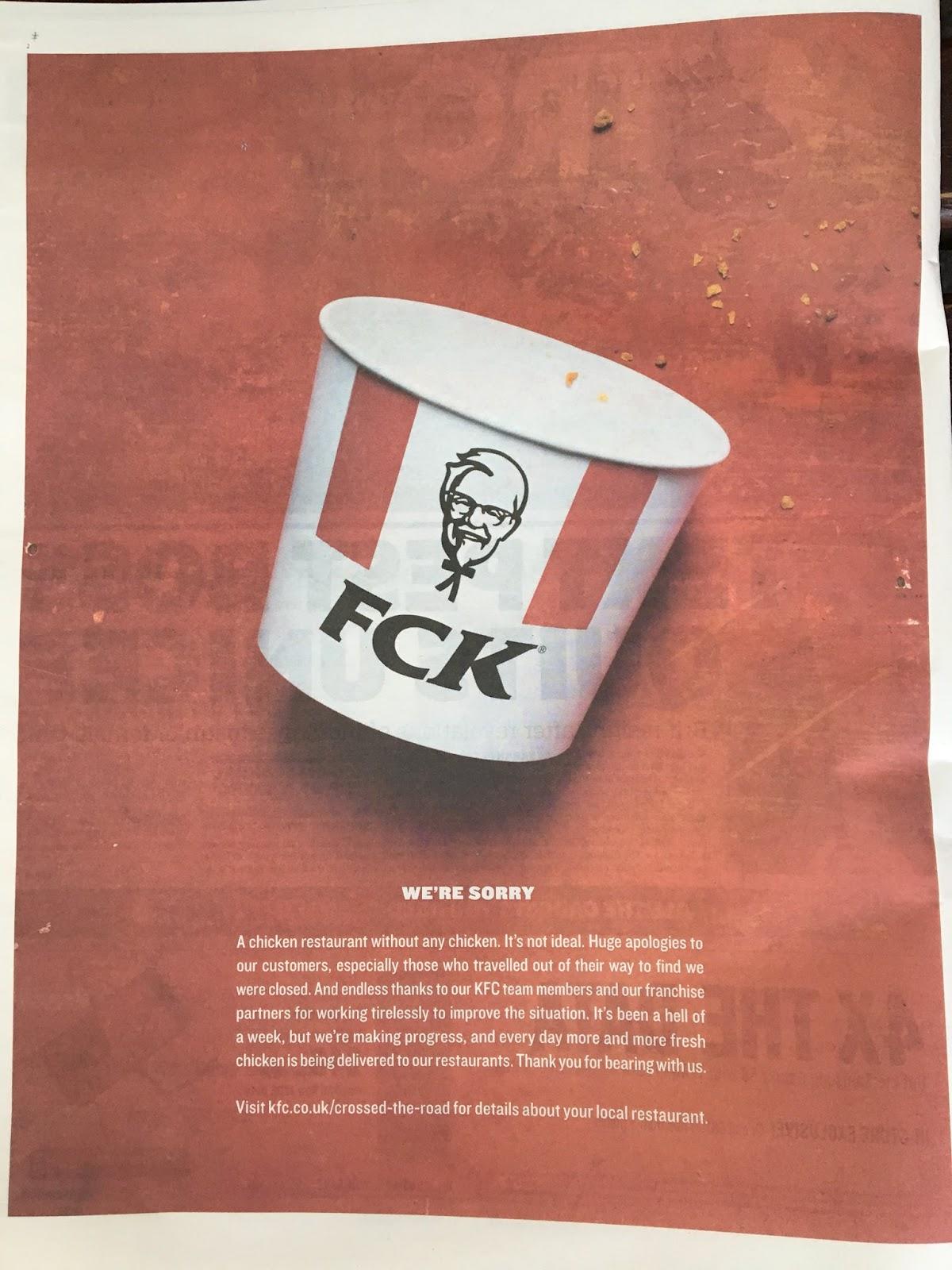
Afterward, KFC also posted a series of Q&As to maintain transparency and execute their crisis communication plan.
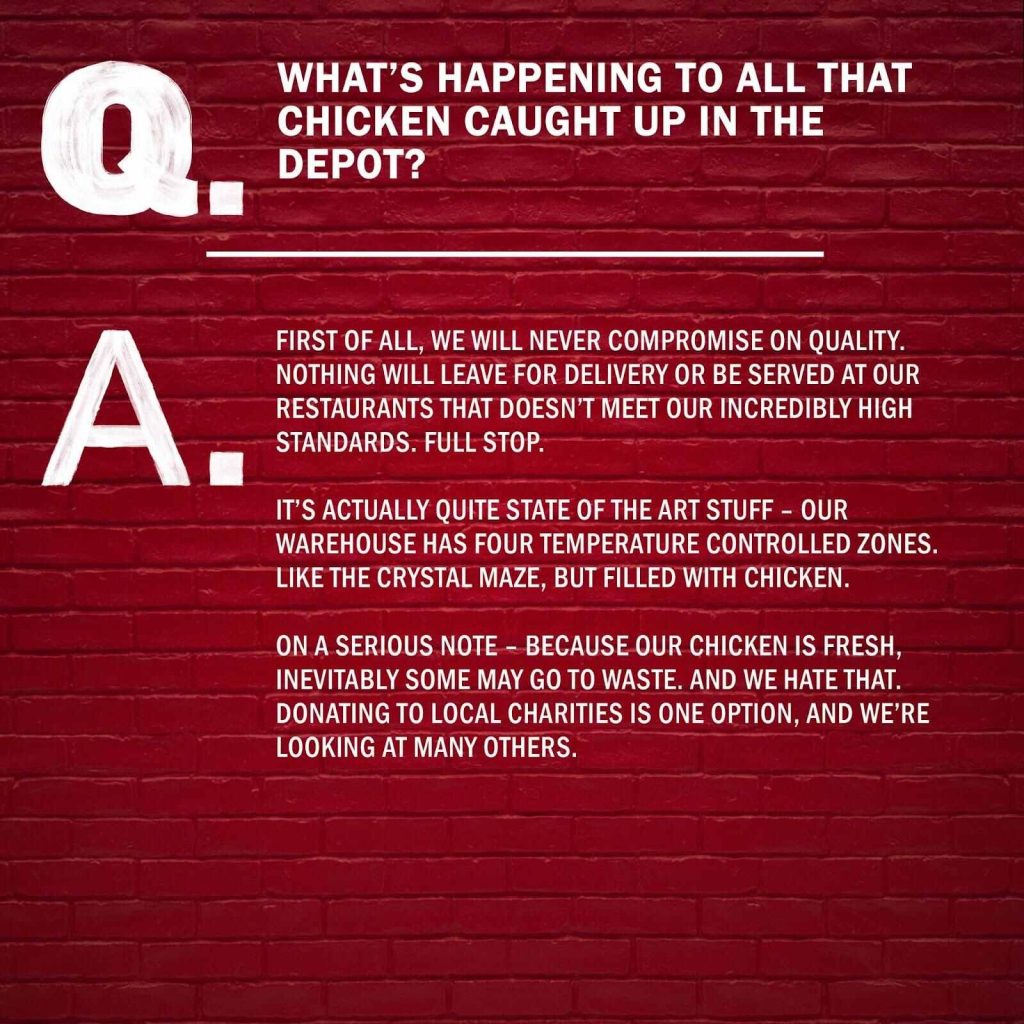
5. Learn from your competitors
Have you ever observed how your competitors handle crises and what strategic approaches they use?
Social listening can help you do that.
What about performing a social media competitor analysis?
“Social listening for competitor analysis allows you to always be one step ahead, study the experience of your rivals on the market, and avoid making similar mistakes,” says Jesse Hanson, Content Manager at Online Solitaire. “One of the most important lessons to learn from them: be very careful about what you say and how you say it when it comes to highly-controversial topics discussed on the web.”
Jesse Hanson provides several examples of crises in the gaming industry:
- SCS Software – the COVID message caused controversy and provoked a fight between anti- and pro-vaccination groups
- Hello Games – backfire from disappointed gamers after numerous bugs and lacking features in the No Man’s Sky game
- Bethesda – outrage from players due to the poor quality of the Fallout 76 Power Armor edition and another wave of disappointment and anger with Bethesda for the way of apologizing
- Electronic Arts – female playable characters in Battlefield V got fans stirred
- Activision Blizzard – accusations of gender-based discrimination and sexual misconduct at the company
Read 5 Key Elements Every Social Media Crisis Plan Needs
The case of Activision Blizzard has been the most resonant one of all. It led the company to the courtroom. Now, Activision Blizzard is to pay $35 million to settle claims.
💡 Read: The Best and Worst Crisis Management Plans
Navigate the Storm or Prevent it Completely With Determ
You can’t deny now that social listening is paramount to crisis management or even its prevention.
If social listening is a boat that can save you from the flood in the hardest times, then you need an oar to give you better control over the situation and help you get to the safest shore. Determ is the best media monitoring tool that can become a life-saving oar for you.
Listen carefully to social media buzz, measure public opinion, and get all insights in one place with data-driven reports via Determ. Choose a pricing plan and navigate the deepest social media waters safely with Determ.


